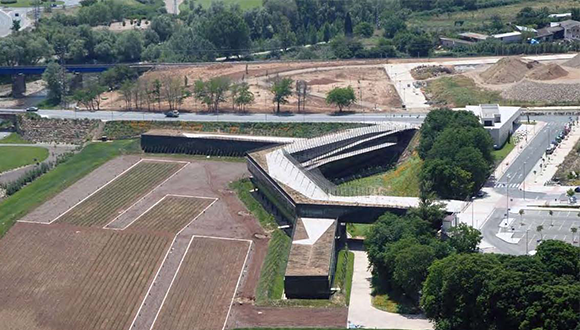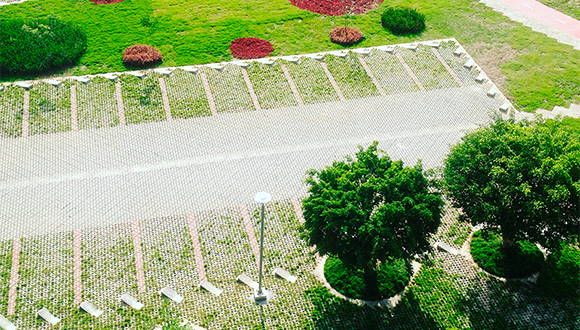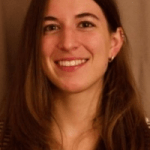Polyfarming inspires Harvard for designing a new city model
The alternative agriculture and livestock model defended by the LIFE Polyfarming project has starred in a recent video made by the Harvard Graduate School of Design (GSD).

This team, in collaboration with the LUMA Foundation in Arles, proposes a new landscape model in cities, which integrates urban areas with rural and productive zones. Their interest in the LIFE Polyfarming project lies in the fact that they consider it as an example of sustainable development and innovation.
Polyfarming advocates that the land and its products pass into the hands of those who work it, the peasantry, instead of depending on large agrochemical companies. Therefore, it is proposed as a way to move towards food sovereignty. The video made by the Harvard team includes an interview with Marc Gràcia, Polyfarming coordinator, and CREAF researcher.
"We try to project a new form of urbanism based on the logic of regenerative agriculture", comments the head of the initiative, Teresa Galí-Izard.
"We try to project a new form of urbanism based on the logic of regenerative agriculture", comments the head of the initiative, Teresa Galí-Izard, associate professor of the Department of Landscape Architecture at the Harvard Graduate School of Design at the time of carrying out the video. Galí-Izard is the founder of the Barcelona-based Architecture Agronomy studio and at the beginning of January 2020, she was appointed professor at the Federal Polytechnic University of Zurich (ETH Zürich). She intends to continue working to disseminate and implement the Polyfarming model on a large scale: "we will achieve real change if we replicate it in different cities," she says.

The presentation of the video was scheduled for the May 2020 edition of LUMA Days, in Arles (France), as part of the project ‘Landscape landscape urbanism: the garden of the XXI century’. But the event was cancelled due to the coronavirus pandemic situation. The repetition of the word ‘landscape’ in the name of the project is not accidental but rather aims to emphasize the relevance of the dialogue between landscape and architecture. For this reason, it stresses the need to recover contact with nature and expand a city taking into account the type of soil, the use of water, the presence of animals, and the cycle of plants.
Basis of regenerative agriculture
In relation to this issue, the Harvard team has developed a methodology to apply the principles of regenerative agriculture on a large scale, using the city of Arles, in the south of France, as an example. “In the project that we were going to present at the LUMA Days, we calculated that we would need 200 agricultural and livestock farms such as Polyfarming to supply the local population of Arles”, explains Teresa Galí-Izard. This calculation, along with the technical explanation, will be available in a video that will be published shortly.

“In the project that we were going to present at the LUMA Days, we calculated that we would need 200 agricultural and livestock farms such as Polyfarming to supply the local population of Arles”, explains Teresa Galí-Izard.
In the recording, Marc Gràcia underlines that it is urgent to change the current agricultural and livestock model towards a sustainable system that restores soil fertility and, at the same time, helps mitigate the impact of climate change. It also details which are the regenerative agriculture techniques that are carried out in Planeses to recover a healthy and profitable soil. "Sometimes we forget a critical element, which is the problem of degradation and loss of our soils, the main basis for guaranteeing food for all humanity”, he says.
The Polyfarming project receives funding from the European LIFE programme, CREAF coordinates it and Planeses farm, located in Girona (Catalunya), collaborates in carrying it out.







